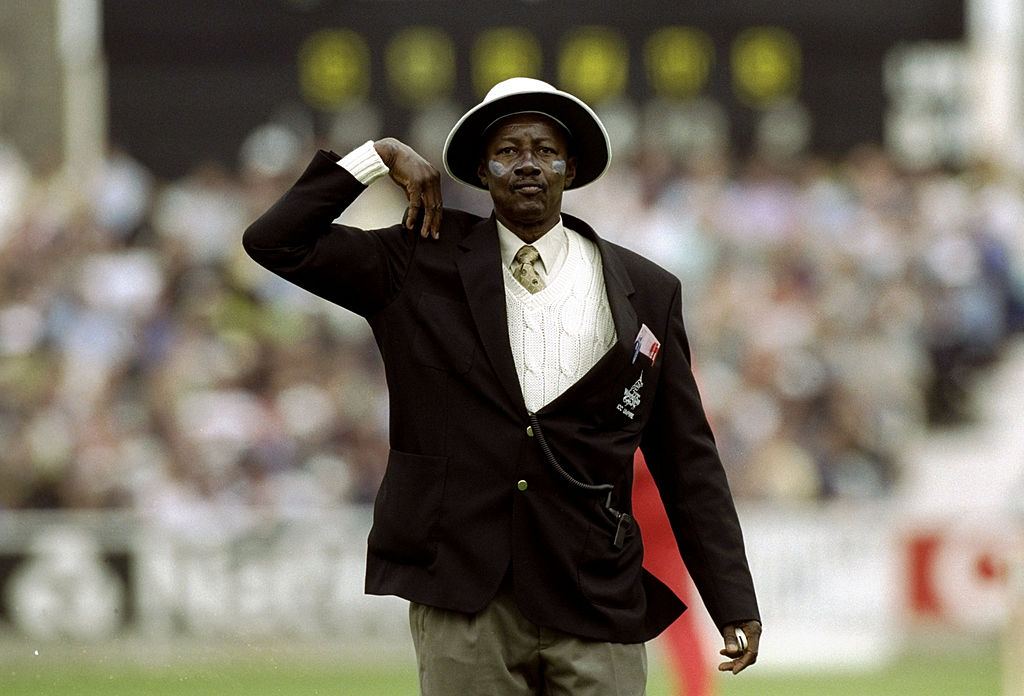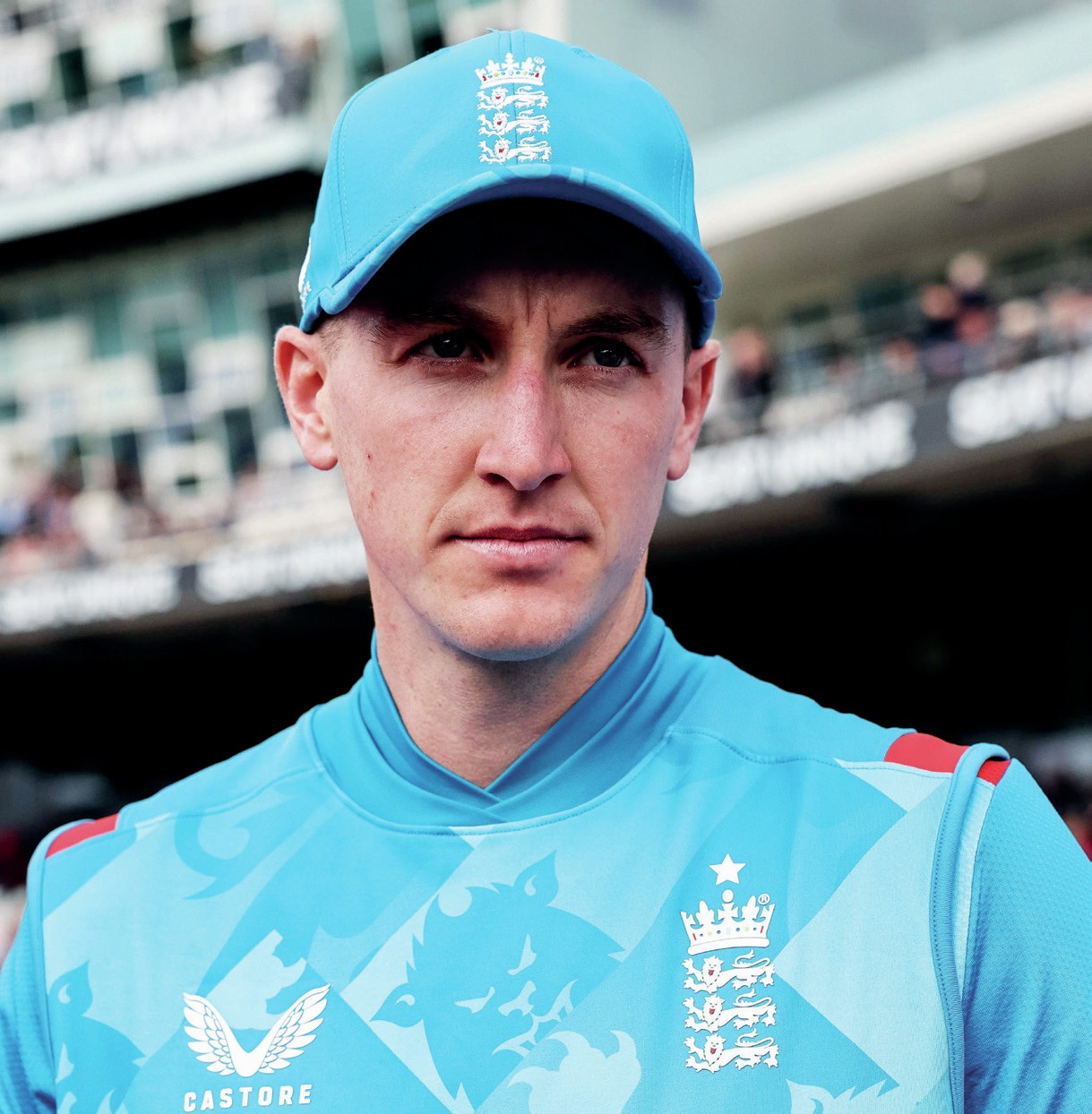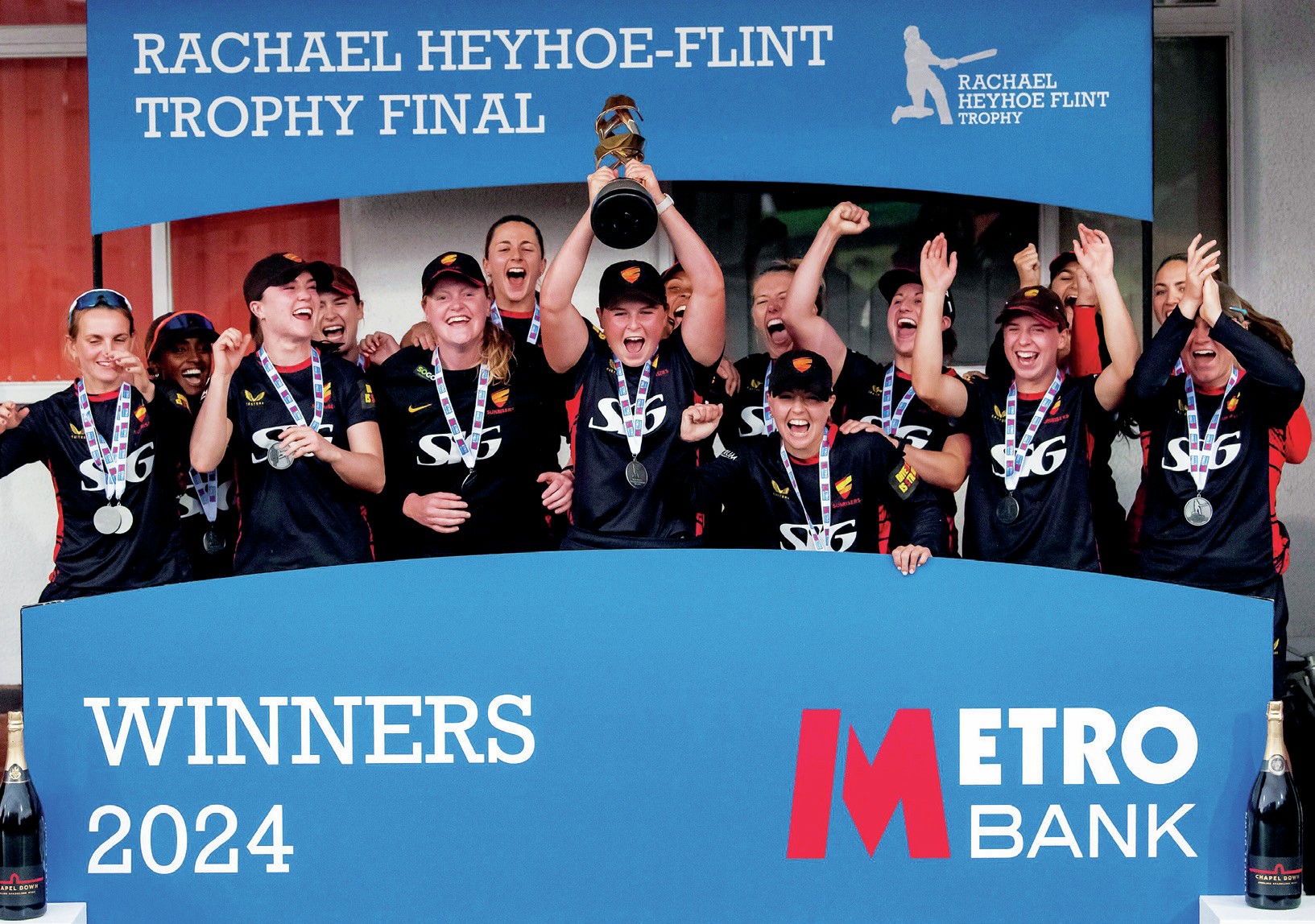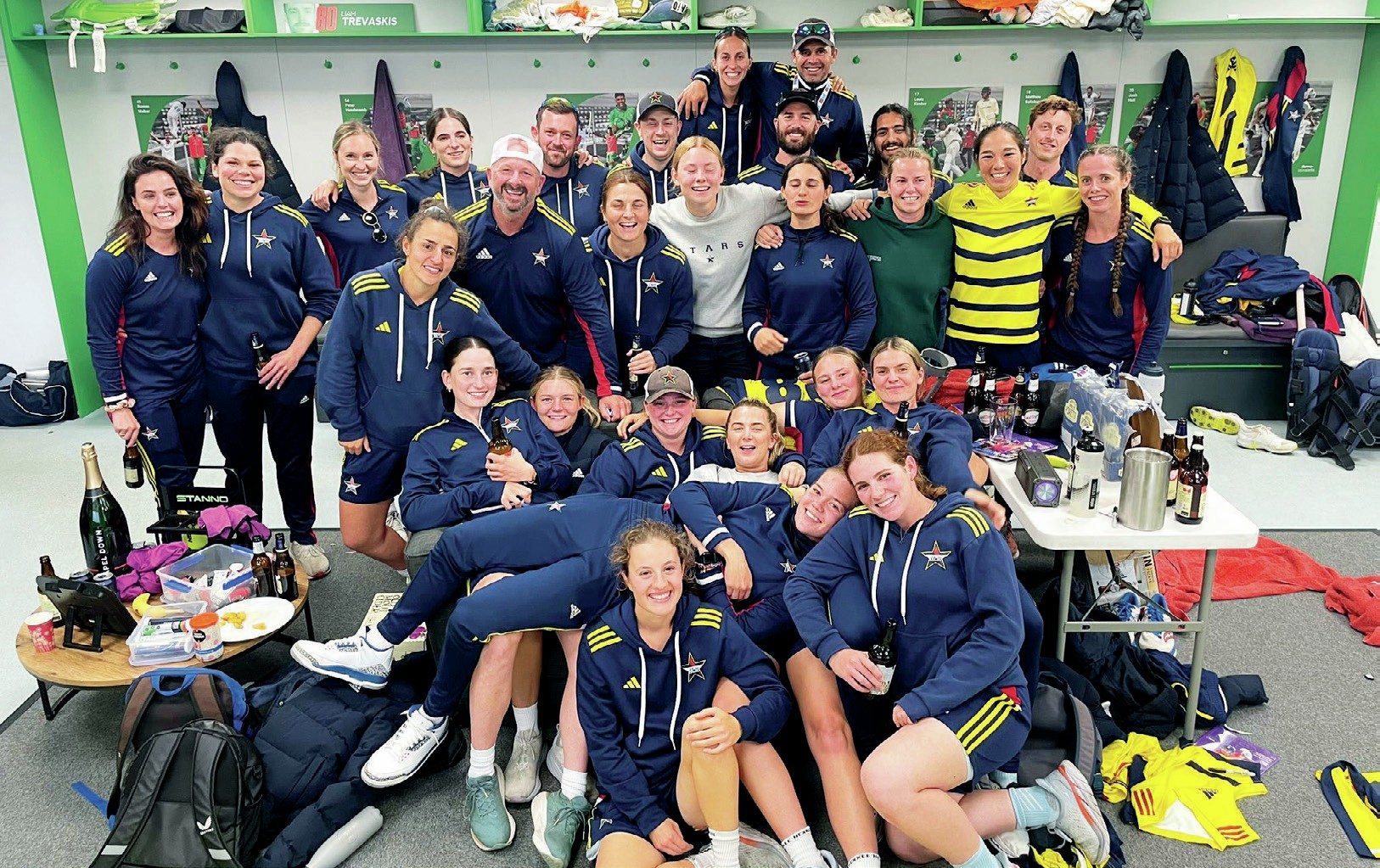
Seven weeks for a tournament involving only ten teams seems a trifle excessive, especially in a small, comparatively easy to get around country like England. No danger of seven-hour flight delays in Ahmedabad, or arriving at a Caribbean airline terminal to find out that while you are in Antigua, your luggage is in St Kitts. But the 2019 World Cup is still intent on giving lessons to Brexit and The Mousetrap in the art of spinning things out.
It might conceivably have been the result
of learning the lessons of our last attempt at hosting in 1999, and giving the
composers of the official World Cup song enough time to get it written and
released while England are still in it. But there is also the curious business
of day/night/twilight matches.
There are 48 games scheduled, and if you
don’t know already, have a guess at how many will be under floodlights? Forty?
Thirty? Nope. It’s seven. Nothing to do, of course, with the time difference to
India, and shame on anyone who thinks that the ICC is an organisation with
offices in Dubai, but which is actually run from Mumbai.
No, no. Not a bit of it. It’s all to do
with doing our bit for global warming, and cutting down on the electricity
bill.
England, of course, are certain to win it –
as not even India can come up with anything in the schedule to stop Jos Buttler
hitting every ball he faces for six, and Jofra Archer prompting Buttler to wear
armour plated chest protection whilst keeping wicket lest he be impaled by a
middle stump flying towards him at 90mph.
It’s about time England won this thing.
They’ve been useless in it since reaching the final in 1992, which was the
first World Cup to embrace coloured clothing, and was also responsible for a
rain regulation so disastrous it ended up giving us two of the most famous
names in cricket.
The marketing, as you’d expect in
Australia, was delightfully over the top, which meant that while England were
down to open their campaign in Perth, they instead found themselves having to
cross three time zones to Sydney and present themselves in their blue pyjamas
on the deck of the HMS Canberra to the backcloth of the Opera House and the
Harbour Bridge.
All for one bloke to hover his finger over
a camera button and invite Graham Gooch and the boys to say: “Cheese.”
It is not widely appreciated that the
opening ceremony for the 1999 tournament at Lord’s, when Tony Blair ended up
miming his doubtless inspiring welcome speech into a dud microphone, and
someone let off a box of cheapo roman candles purchased from a nearby corner
shop, was actually based on the 1992 opening ceremony, held at a Sydney harbour
side restaurant.
The glass trophy presented for the world’s
media was actually the third one off the production line, the first having been
broken by some butterfingers at the factory, and the second having exploded at
the engravers.
The microphone, like Tony’s, didn’t work,
Zimbabwe were introduced as East Africa, and there were only two audible
questions before the noise from the kitchens drowned everything out.
My biggest regret from the whole tournament was in not keeping the player pen pictures distributed to the media. I could have sold them at Sotheby’s for the same price as a long lost Picasso.

Graham Gooch was “a rather sad looking
giant of a man, whose slightly stooped shoulders create a lumbering image”
while Chris Lewis was “a West Indian by birth” followed (scarcely believably)
by “And it shows”.
As for the Australian players, they must
have put the fear of God into the rest of the competitors.
Peter Taylor was clearly unplayable –
“curves it away in the air and then breaks it back off the pitch” – and who
would want to bowl at Dean Jones? “Steps forward to the fastest bowlers and
hits out in big way – cocking his back leg as he does it in an unconscious show
of arrogance.”
When the thing finally got under way, the
cricket was only occasionally allowed to interrupt the parachute displays and
half-time entertainment routines.
One of them involved a four-legged “frisbee catching wonder whippet”, who actually gave a decent impersonation, as another one fell to earth without being caught, of Phil Tufnell. And every changeover involved an advert Makita Power Tools, whose slogan, a quarter of a century later, might have been “get yourself one of our electric sanders, take the strain out of ball tampering!”
Everywhere you went, the official song –
Who’ll Rule The World – came blaring through the Tannoys. As for the lyrics,
Tim Rice eat your heart out. “You’re On The Edge Of Your Seat, Feelings Running
High, They’re The Best In The World, They Make That White Ball Fly. It’s The
Dream Of Every Man, To Play The Best He Can, It’s The Fire Deep Inside, That
Keeps This Game Alive.”
It ended up buzzing round your head like
the Birdy Song. So awful you couldn’t get rid of it.
Onto the rain rule. We’d already seen a
couple of examples of its absurdity in the group games, but after England had
made 252 in their semi-final against South Africa at the SCG, the chase had
boiled down to 22 to win off 13 balls with four wickets in hand when a sudden
squall sent the players off.
Despite a quick resumption, two overs were
deemed lost, but under the new regulation allowing the side batting first to
ditch their least productive ones, the fact that South Africa had bowled two
maidens now left them, instead of requiring 22 off 13 balls, the same number of
runs off one. Which, surprise surprise, proved to be beyond them.
It was Richie Benaud’s brainchild, ditched
at the earliest opportunity, and the search for something better gave us, despite
being completely incomprehensible to anyone outside the government decoding
unit at Bletchley Park, English cricket’s most famous double act since Trueman
and Statham.
Let’s face it. The pain of losing in the
final was soon forgotten in the euphoria of giving birth to Duckworth and
Lewis.








